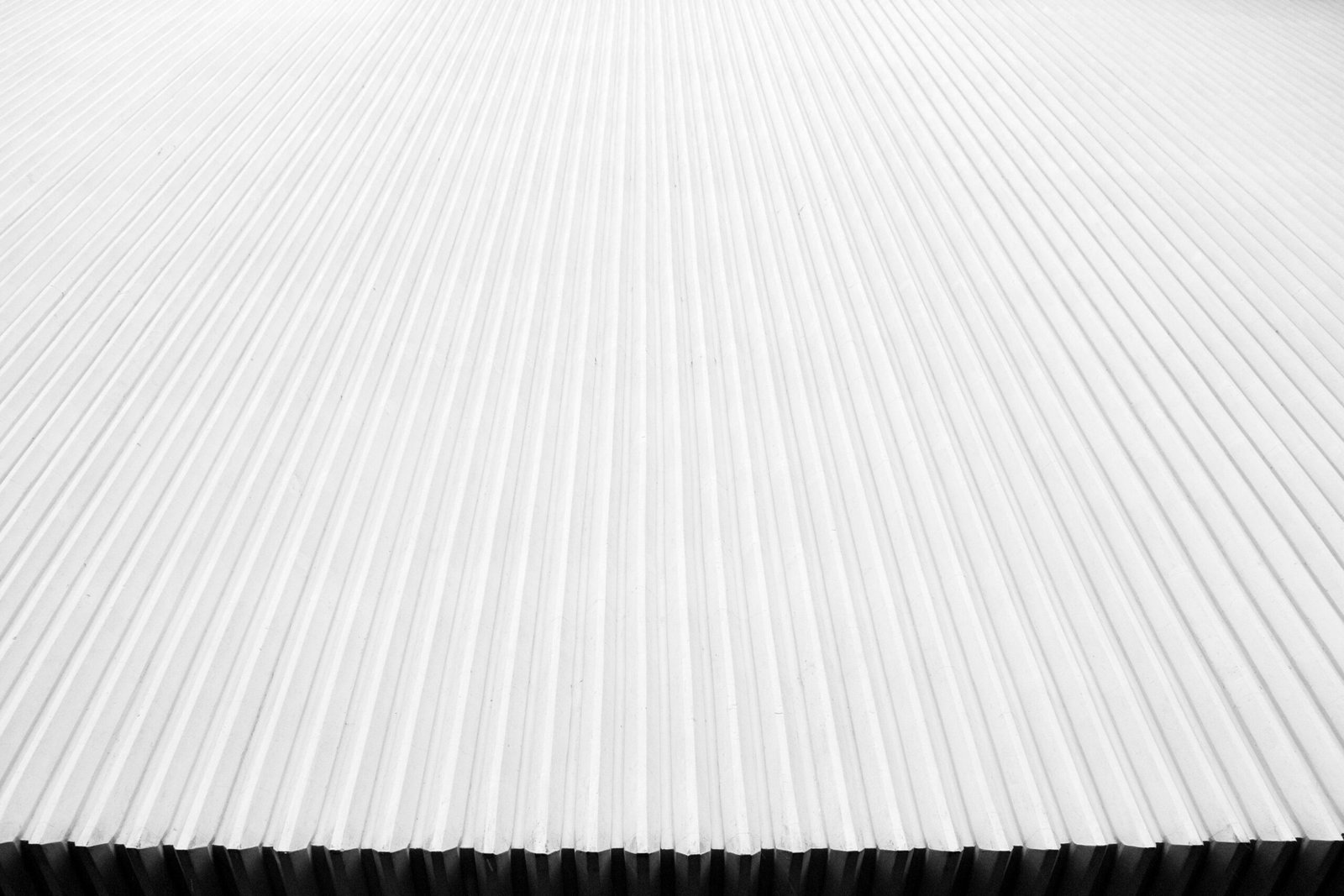Rather than merely a fashion statement, energy-efficient roofing is seen as worth investment in the present day. True, you can save big QC in the long run with these very innovative roofing options. This is even good for sustainability efforts at their core.
Through energy-efficient roofing, one of the main advantages for the homeowner is cost-effectiveness. Traditional roofing with dark colors absorbs a lot of heat which raises the indoor temperature, needing insulation grouping keeping the bills up. Basically, cool roofs use special materials like reflective shingles or cool roof coatings to absorb less sunlight and reflect more heat, naturally cooling the house. In some locations, household cooling bills could drop by 15%. Advanced roofing systems keep heat inside and for colder climates, it helps cut heating costs even lower with proper insulating material.
Other than the savings, energy-efficient roofs do something for the environment. It reduces the need for more energy for maintaining comfortable indoor temperatures, hence keeping the furniture nice and toasty. This less use of energy is related to the development of greenhouse gas emissions associated with coal-fueled electricity in residential areas resulting from a reduced carbon footprint.
Energy-efficient roofing is an appropriate alternative because it helps to as much positively moderate energy use as it enhances the living conditions inside a house. The ever-increasing public reliance on sustainable living inevitably leads to a trend toward the adoption of energy-efficient roofs as a means to conserve energy and live green. Saving a considerable amount on power bills, this roofing goes beyond that: it produces value in the long run and contributes to the resolution of environmental challenges under which our generation suffers.
Energy-efficient roofs are construction materials that make control of internal temperatures better compared to their alternatives. They use highly reflective materials such as “cool roof” coatings, metal roofs, or engineered-specialty shingles that reflect away a significant chunk of solar heat. This is significant because it reduces the “urban heat island” effect where denser areas of housing and urban spaces experience sometimes even greater heat because of the way in which asphalt traps heat. In essence, these systems should make the house cooler in the summer, thereby taking some strain off your air conditioning unit, which would then require slightly lesser maintenance costs later.
Recall colder climates, and this is actually why energy efficient roof solutions are similarly good for those climates. They help to eliminate heat loss and deal with heat held over colder times. This actually makes the heating systems function even better than before and may help reduce energy use in heating, not to mention the reduction in wear and tear on your HVAC appliances. All attached improvements point to the fact that such roofs are easily integrated in areas exposed to varying climatic conditions, giving all-year-round advantages.
An environmentally friendly aspect of energy-efficient roofs lies in the reduced carbon footprint with residential homes. Reduction of cooling and heating usage significantly leads to the reduction of energy consumed from fossil fuels and emission of greenhouse gases into the atmosphere. Moreover, many of these types of roofs will be made
Additionally, many energy-efficient roof systems are made of sustainable or recyclable materials such as metal or composite shingles, and others even integrate solar technology so homeowners create their carbon free electricity directly from their roofs. This is yet another way that saves them, not just on fossil fuel reliance, but also a possible game changer as tax breaks and energy buy-back programs are applied in the longer term.
Hyper-efficient roofing makes for a powerful combination and is now the new signature fashion. Fashion in the sense that high electricity expenditure is expected to see the same changes, we hope that this will be an immediate game-seeker-although this will not be one trend that will be noticed concerning roofing in the future.
Indeed, you can reap the rewards of reduced energy costs and help reduce pollution by installing energy-saving roofing materials. You can look forward to longer durability and an improved living experience with these advancements. They are designed to withstand the harshest conditions, bear wear and tear, and maintain performance over time. Being cost-efficient they are metal, clay tiles, or cool roofing membranes. It saves them actually working towards wearing out by being needed to replace or repair less often, lowering their costs and environmental impacts more.
Not merely the savings for the homeowner and the longevity which often drives incentives from the federal governments and/or utility companies, but also the attractive key messages of energy-efficient improvements are approved with tax benefits and rebates, and sometimes developers also get grants. Such finances have helped to ease the expense of installation and led homeowners into adoption of sustainable roofing solutions in their homes. Through the wider acceptance of energy-efficient households, people are concretely involved in narrowing down energy use and environmental degradation.
Last and most definitely not least, the contribution of the energy-efficient roofing to any domicile revolves around the salubrious indoor environment as well as comfort. It maintains the heating/cooling system temperature fluctuation within a confined and regularly conducive environment free of growth where mold or mildew spreads due to insulation defects. In this respect, it is pretty much obvious that such roofs would help support healthier living environments, particularly among homeowners’ families.
Energy-efficient roofing is progress in every way. It is sensible in its economic practicality and aligned with ecological responsibility as well as giving owners a chance to make a positive difference without risking the loss of comfort or financial strictures. In increasingly hostile environmental circumstances, therefore, investment on energy-efficient roofing is a very cunning, and, indeed compulsory, move to address these challenges in a hopeful future.



Leave a Comment